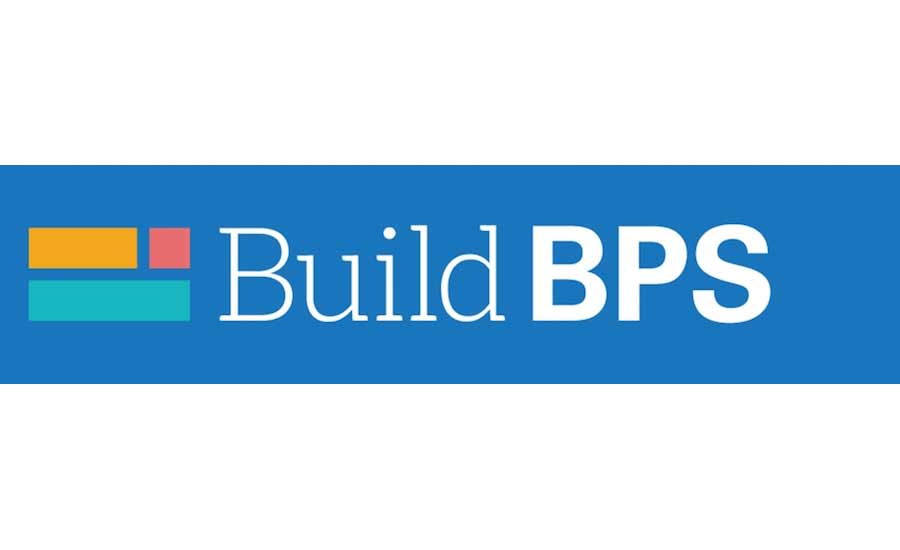A downloadable report and web-based dashboard outlining Boston Public Schools’ educational and facilities master plan went live on March 2. The report, called “BuildBPS,” comes about six weeks after Boston Mayor Martin J. Walsh (D) announced the 10-year, $1-billion investment in the district’s facilities during his Jan. 18 state-of-the-city address.
The report states that approximately 65% of the 127 public school buildings in Boston were constructed before World War II, and less than half of those schools have been fully renovated. It also states that more than half the district’s schools have poor or deficient air quality, a known factor for elevated asthma rates and poor academic achievement.
“BuildBPS is going to transform the process of school building in Boston,” Walsh told the Boston Municipal Research Bureau. “It’s also going to improve the politics. Decisions on which projects to prioritize will never be easy. But the scale of our investment allows us to move forward together, as a district.”
The master planning process overseen by the Cambridge-based firm Symmes Maini & McKee Associates included gathering community input and data on BPS’ current facilities during an 18-month period. Architects, engineers and education planners visited every school in the district, totaling more than 11 million sq ft. Pinck & Co., MGT of America, New Vista Design, Mass Insight Education, WSP | Parsons Brinckerhoff and Dr. James Jennings of Tufts University participated in the process that included five “core advisory” committees: educational planning, demographics, educational and facilities assessment, community engagement and finance.
On its website, SMMA called BuildBPS “a comprehensive, living document that seeks to guide capital investments for the city and district, in both the near and long term.”
The online dashboard is also an effort to provide transparency into the decision-making process for parents, teachers, students and stakeholders after parents obtained documents through a Freedom of Information Act request last year for a city-commissioned report that called for the closure or consolidation of as many as 50 schools.
SMMA’s website says “this tool provides users with visualizations of all measured criteria that informed each building’s rating in the following categories: Facilities Assessment – Building & Site, and Educational Facility Effectiveness – Learning Environments & Spaces. All of this information was developed with the intention of best equipping the community and district in charting a course forward for BPS.”
School and city officials have also made it clear that citywide forums will be held before any decisions are made.
“Boston is a city renowned for its legacy as a leader in the field of education,” Lorraine Finnegan, project manager and director of SMMA’s K-12 Studio said in a statement on the firm’s website. “BuildBPS is an assertion of the city’s unwavering commitment to preserving that legacy, and ensuring that every child in the district has access to the best possible environment in which to learn.”


Recent Comments
Article
MAYOR WALSHES TWEEKING OF PRESERVATION LAWS"JUST THIS ONCE"
Correction
GE's new HQ